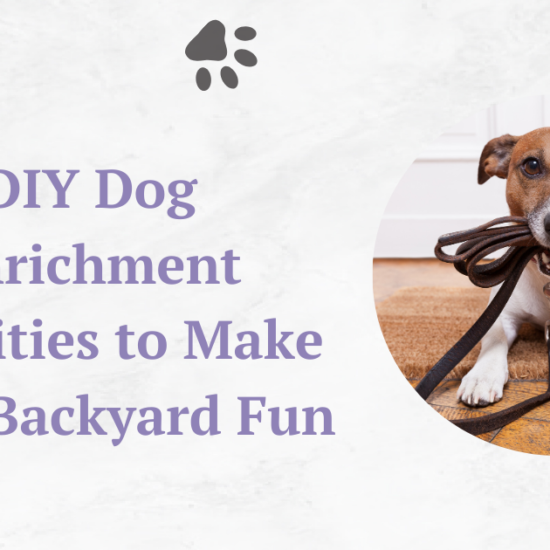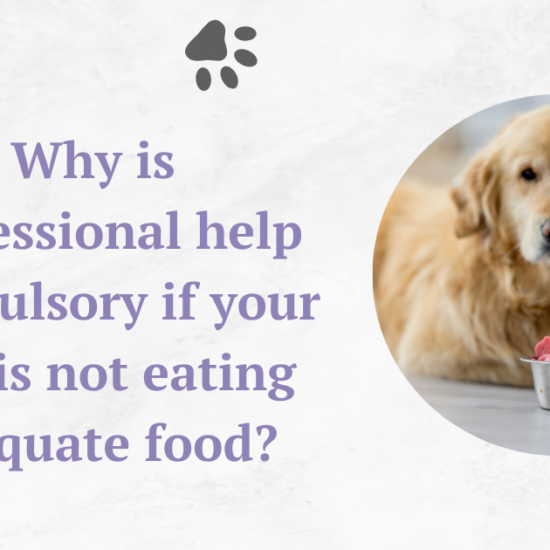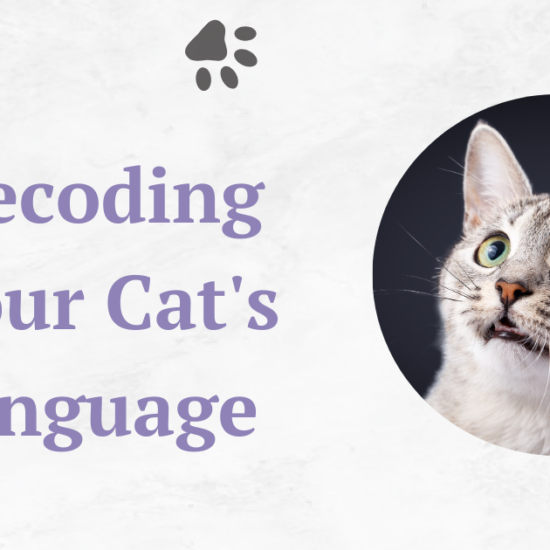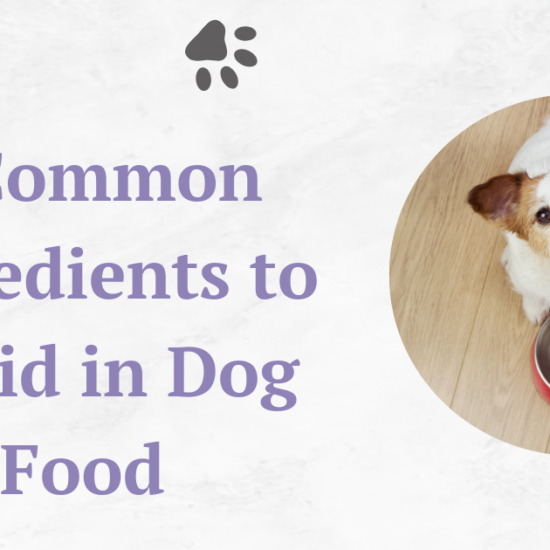A pet owner has many responsibilities and providing them food is one of the most prominent ones. If you are a responsible pet owner and your pet dog has stopped eating, you must be seeking probable reasons and effective ways to resolve the issue.
Table of Contents
Introduction
Here’s an explanation of why a pet dog may stop eating and how to encourage them to start eating again.
Understanding Why a Pet Dog May Stop Eating
A dog not eating can be a cause for concern for pet owners. There are various reasons why a dog might lose their appetite, ranging from minor issues to more severe health concerns. Identifying the cause is crucial to restoring their normal eating habits.
- Major Reasons Why Dogs Stop Eating
Here are a few common reasons why dogs do not eat:

- Health Issues: Dogs might stop eating due to various health problems, such as dental issues, gastrointestinal disorders, infections, or pain from injuries or illnesses. Conditions like kidney disease, liver problems, or even cancer can lead to a loss of appetite.

- Stress or Anxiety: Changes in their environment, routines, or the introduction of new pets or family members can cause stress or anxiety in dogs, affecting their appetite. Separation anxiety, noise phobias, or changes in household dynamics can lead to reduced eating.

- Change in Diet: Dogs are often creatures of habit, and any sudden change in their diet or feeding routine can cause them to refuse food. Introducing new foods abruptly or changing their feeding schedule might lead to appetite loss.
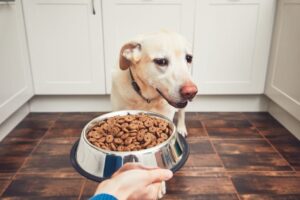
- External Factors: Environmental factors such as extreme weather, unfamiliar surroundings, or exposure to toxins or chemicals can result in a lack of appetite in dogs.

- Age-Related Issues: Senior dogs might experience a decline in appetite due to age-related conditions such as reduced metabolism or dental problems.
Note: There might be affiliate links mentioned here. We may receive a commission if you purchase a product through an affiliate link. There is no additional charge for you. Please do your own research before making any online purchases.
How to Get a Dog to Start Eating Again
Here are a few effective tips for encouraging your dog to eat again.

Monitor Health Issues: If your dog stops eating, monitor them closely for any signs of illness or discomfort. If they resist eating for more than a day and/or have symptoms like vomiting, diarrhea, lethargy, or abnormal behavior, consult a veterinarian immediately.

Review Their Diet: Ensure that your dog’s diet is appropriate for their age, breed, and health condition. Avoid sudden diet changes. Gradually transition to a new diet if necessary.

Offer Palatable Food: Provide highly palatable and enticing food options. Warm up the food slightly or add a small amount of broth to make it more appealing to your dog’s senses.

Maintain a Consistent Routine: Dogs thrive on routine. Keep their feeding times consistent, and create a calm and comfortable eating environment. Minimize stressors during meal times.
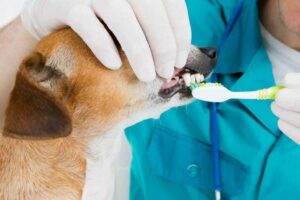
Check Dental Health: Dental problems can cause eating discomfort. Check for signs of dental issues and visit a vet for a dental examination if needed.
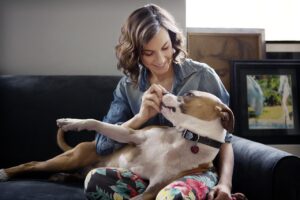
Address Stress or Anxiety: Identify and eliminate stress triggers. Spend quality time with your dog, engage in play, and provide reassurance to reduce anxiety.

Ensure a Healthy Environment: Create a safe and comfortable environment for encouraging dogs to eat again. Keep their living area clean and free from potential stressors or toxins.

Gradual Food Introduction: If you’re introducing a new diet, do it gradually, mixing small amounts of the new food with their current one over several days until the transition is complete.

Professional Guidance: If your dog’s refusal to eat persists or if you suspect underlying health issues, seek guidance from a veterinarian. They can conduct tests, diagnose any health problems, and recommend suitable treatment options.
Conclusion
A dog not eating can be distressing, but it’s essential to approach the situation calmly and methodically. Understanding the potential reasons for dogs not eating and taking appropriate steps, such as monitoring their health, ensuring a suitable diet, reducing stress factors, and seeking veterinary advice if necessary, can aid in encouraging dogs to eat again and restoring their appetite and overall well-being. Always prioritize your dog’s health and consult a veterinarian when in doubt or if the problem persists.



